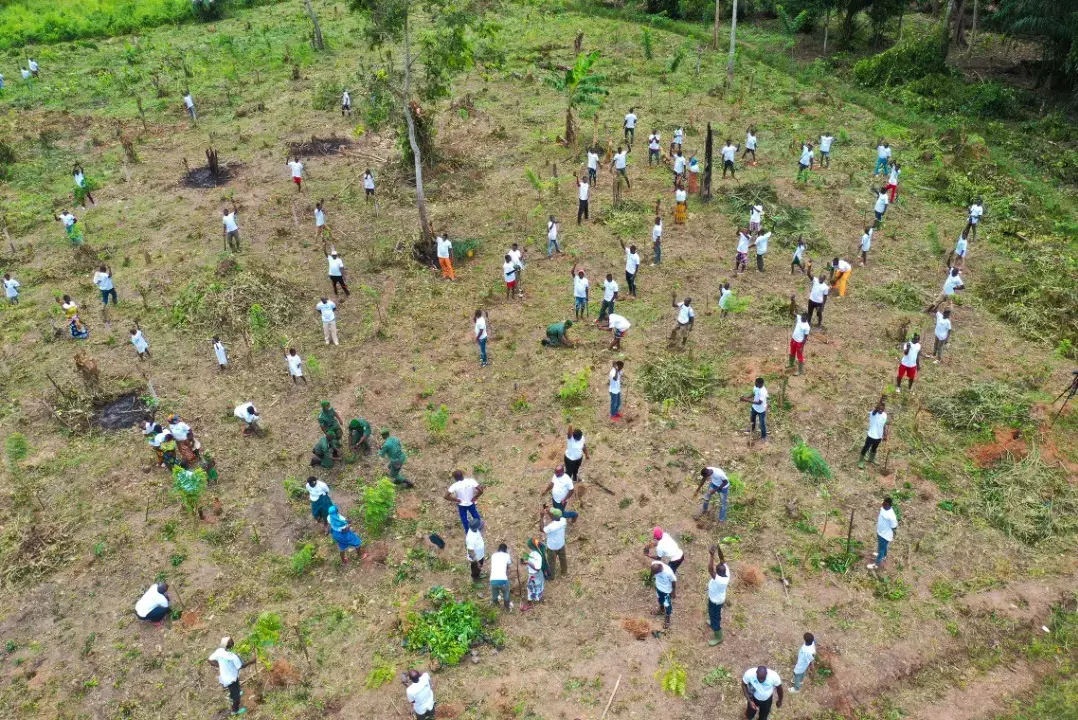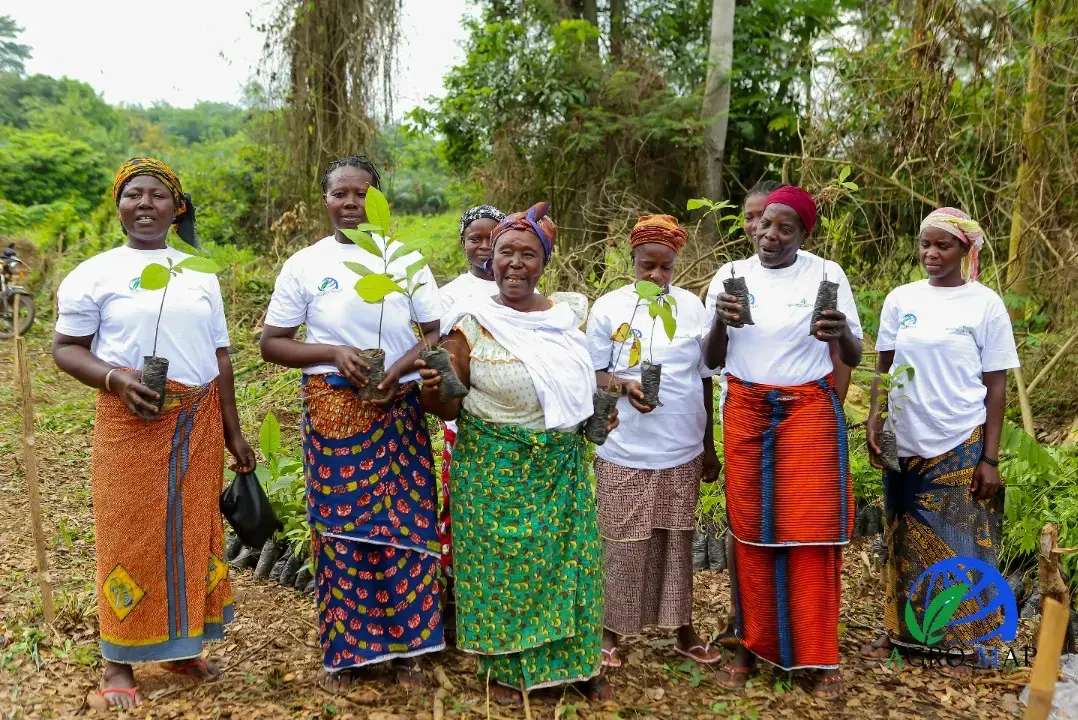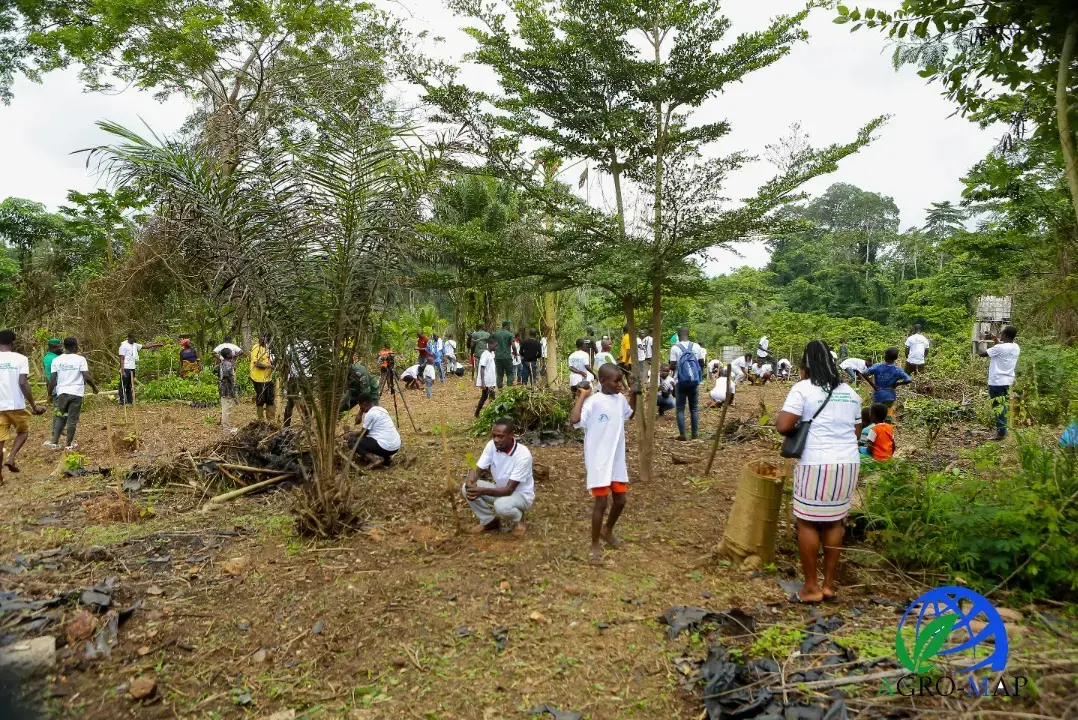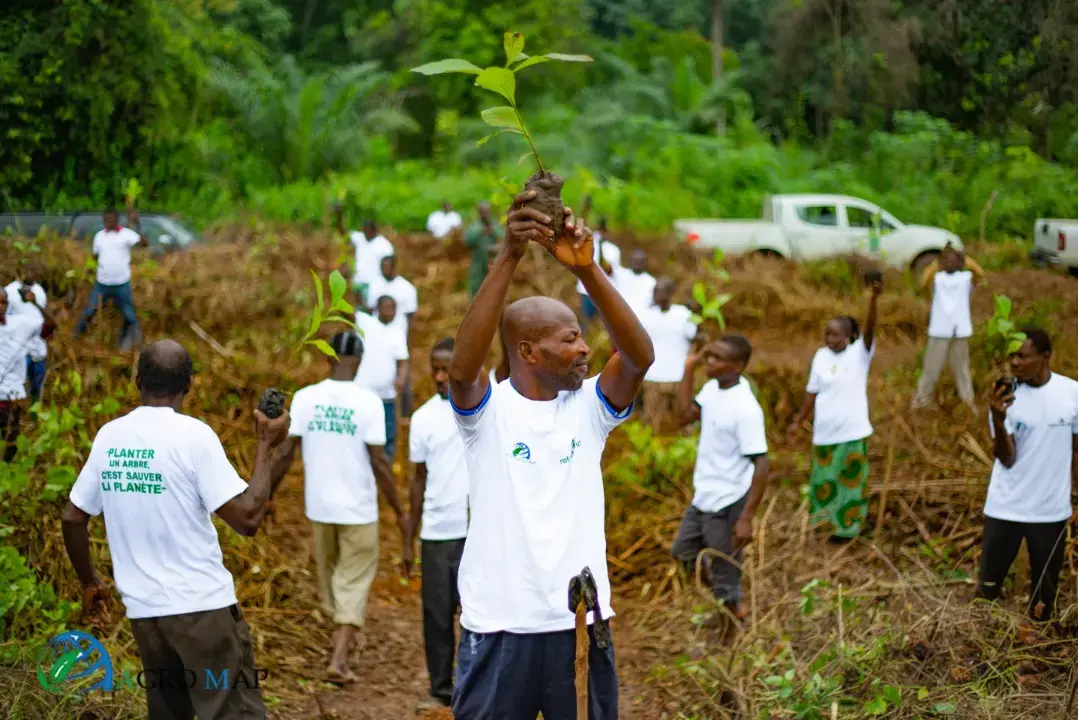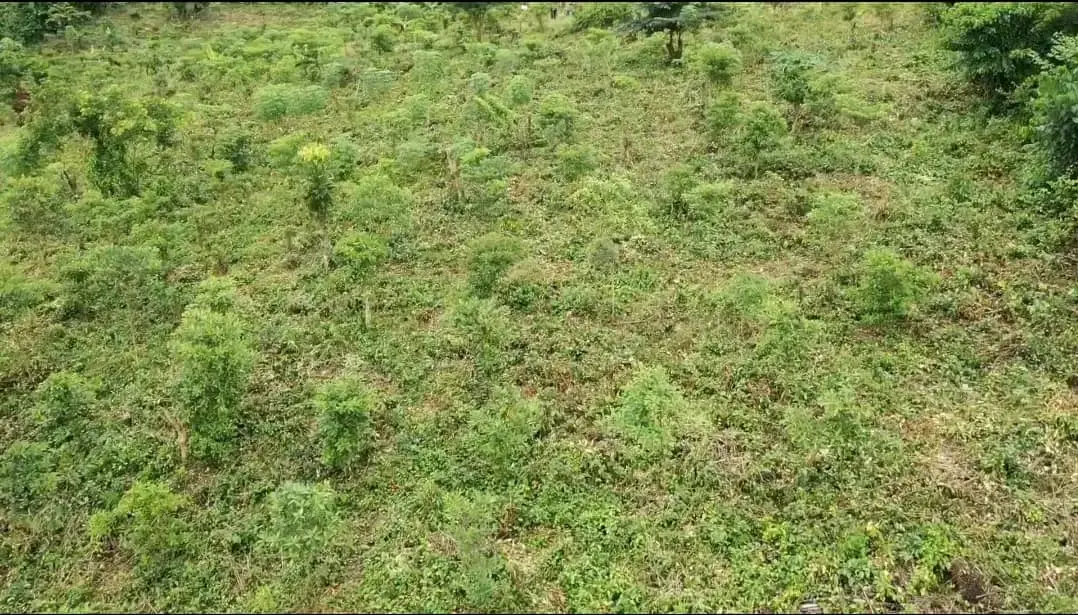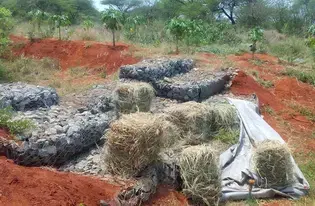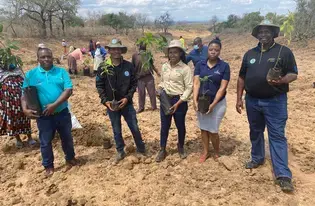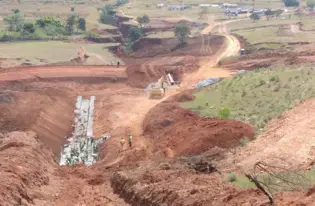When Blue Forest started restoring and protecting vital mangrove and forests in Côte d’Ivoire, its motive was to improve the lives of the community that live along the coastal side of the Atlantic Ocean.
“As populations grow, so does the pressure on our mangrove forests. Already, we have lost half of the planet’s mangrove forests. And each year we are losing one per cent of the world’s remaining mangroves,” says Vahid Fotuhi, the organization’s chief executive officer.
The fear that the mangrove might disappear in less than 50 years if nothing is done has pushed communities to accelerate their restoration. Mangroves are especially vulnerable because their high-quality timber is used for building materials, including for homes and boasts, and for cooking fuel. With an initial investment of $400,000 that Blue Forest received from its parent organization, Impact Adventures, it has funded many non-profits projects in Africa on education, clean water access, and reforestation in in Zambia, Kenya, Tanzania, and Rwanda.
With a grant from TerraFund for AFR100, an initiative of World Resources Institute, One Tree Planted, and Realize Impact that finances Africa's top restoration enterprises and projects, Blue Forest is adding new trees across Abengourou, one of the most deforested regions of Côte d’Ivoire. “Not only in Côte d’Ivoire, millions of hectares of the mangrove have already been lost to human activities worldwide. Our ambition is to reach one million hectares of land restored in coastal communities around the world,” Vahid says.
Blue Forest is working hand-in-hand with a local tree planting partner, Agro-Map, to ensure that the community is engaged from the start. It has taken time for the population to become aware of the threat the destruction of the mangrove means to the coastal community. Since Blue Forest has shared knowledge with them, they no longer think twice about protecting the mangrove against illegal cutters, says Aboubacar Issola, a local farmer. “They taught us how the mangrove helps to mitigate climate change. I believe it’s the best gift we can leave to our children and grandchildren,” he says.
Blue Forest is also beginning to tap into the nascent carbon credit market to bring more investment to communities. Mangroves are especially useful for nature-based carbon credits, they can store 5 to 10 times more carbon than trees that grow on land. “We have a lot of technical expertise to develop low-carbon projects. So, in terms of site mapping, carbon pulling, ground measurements and project financing, we are ready and they just need more investment”, Vahid says.
